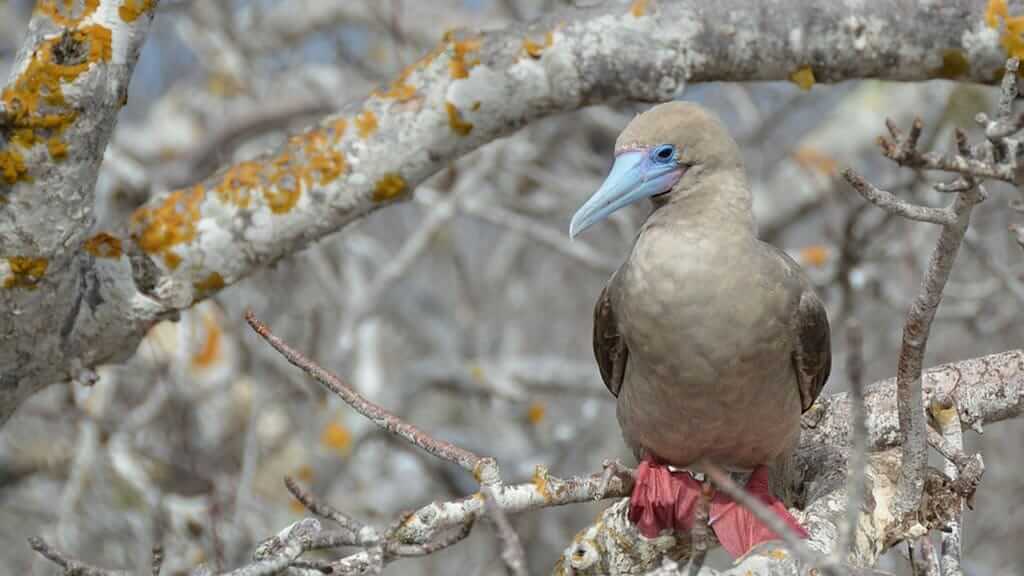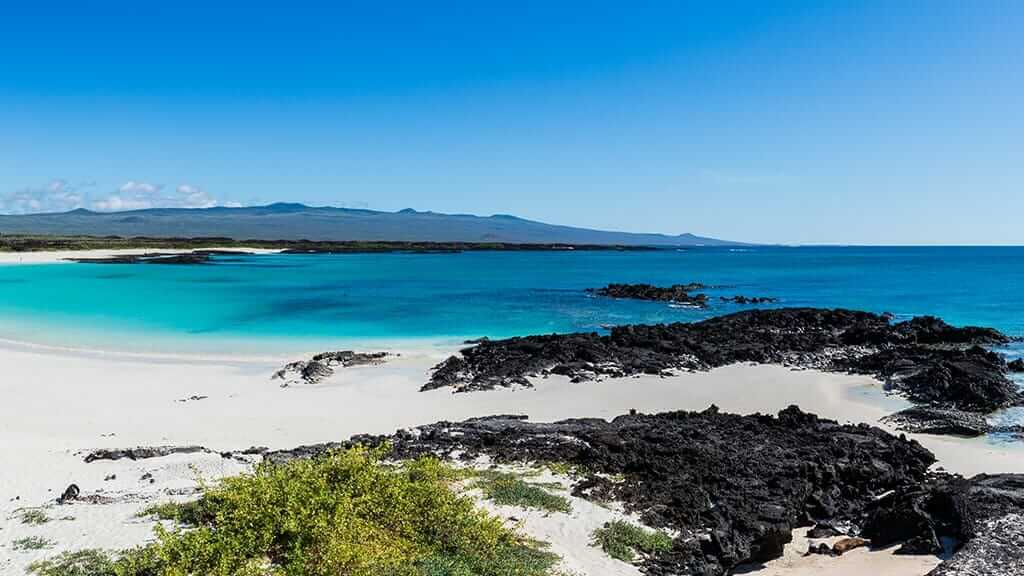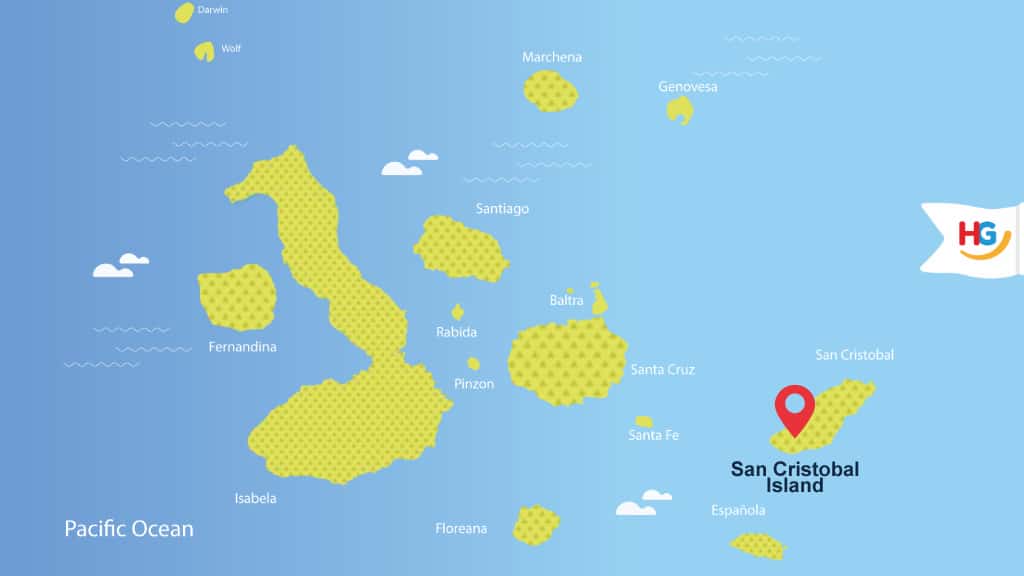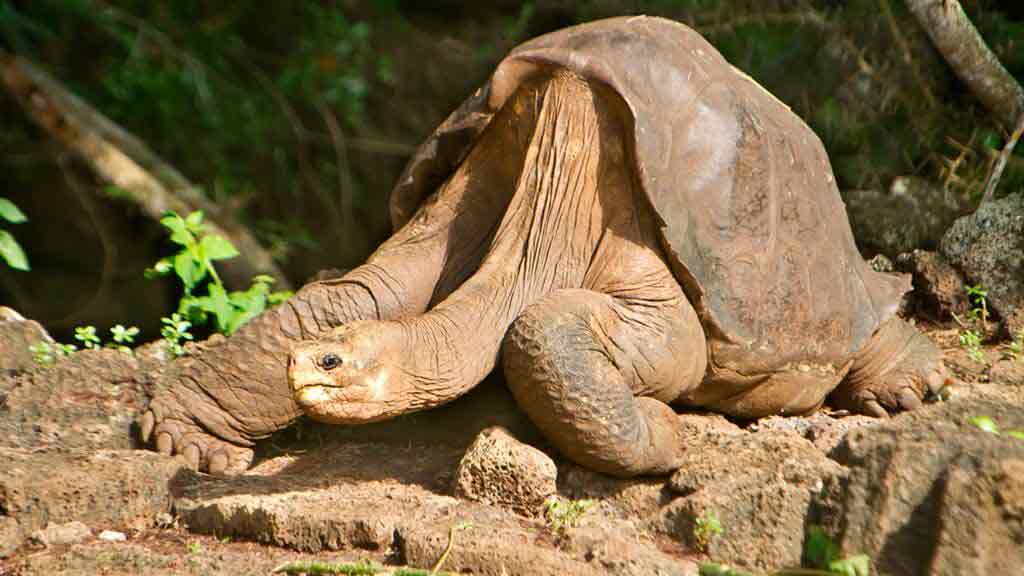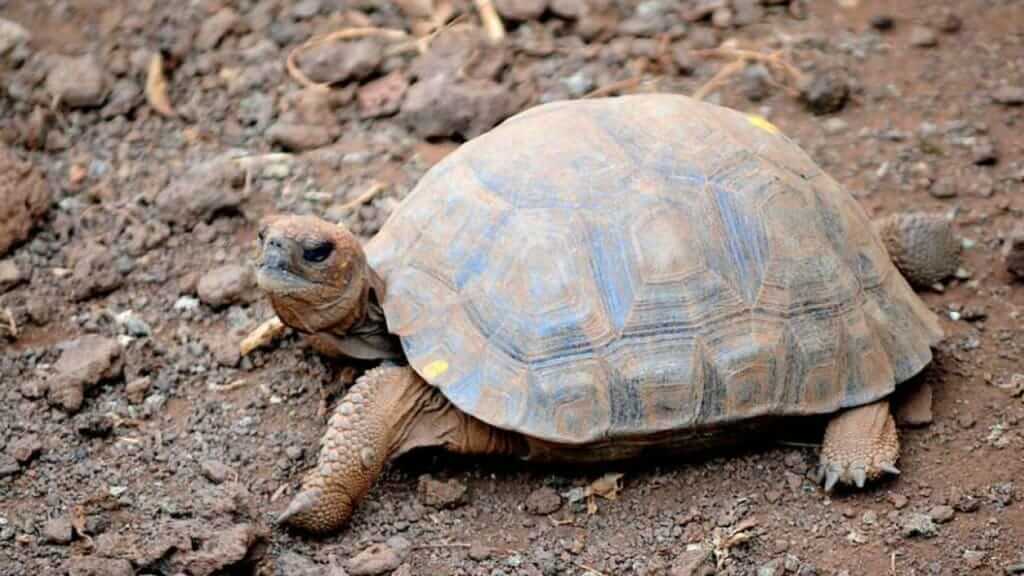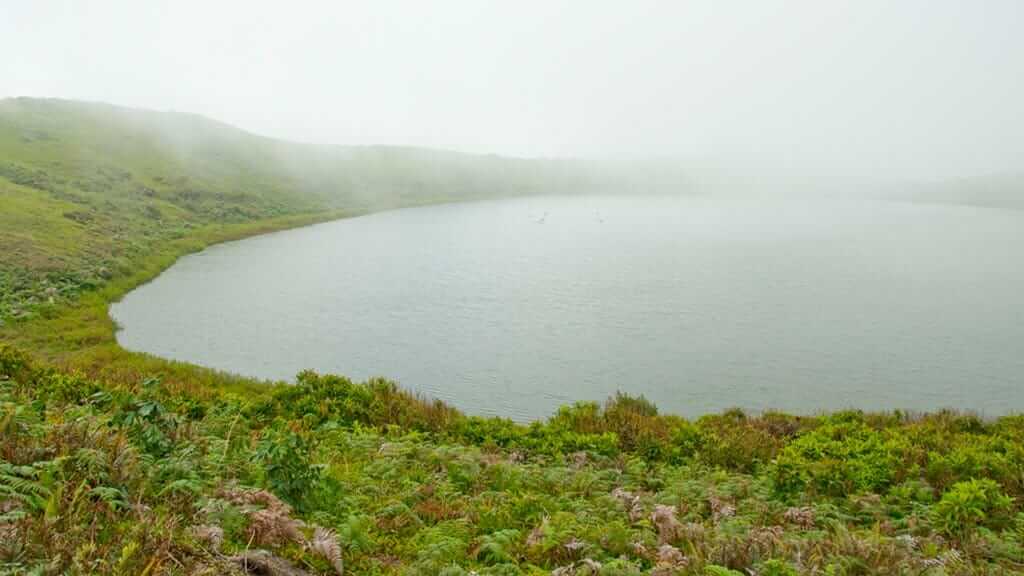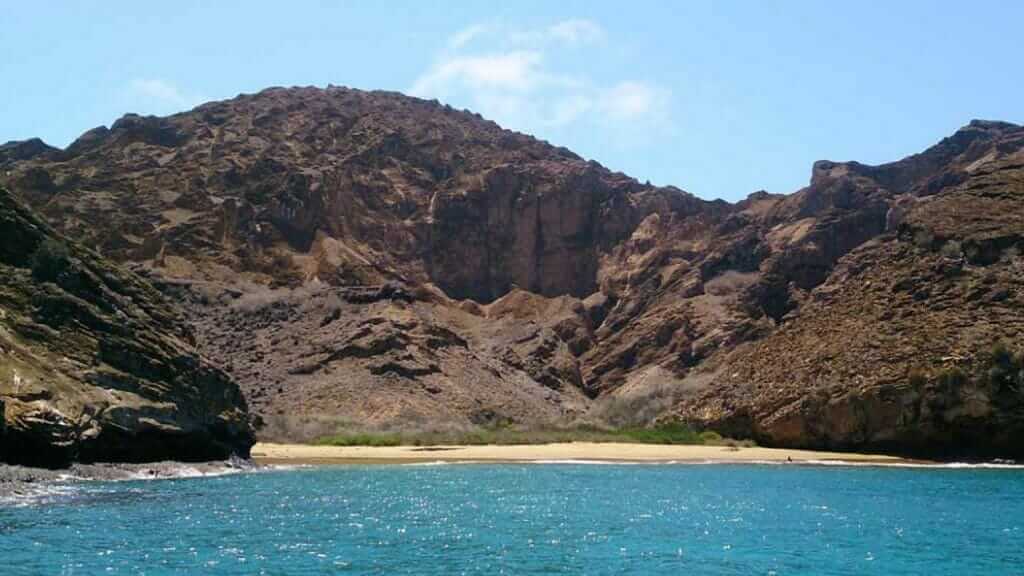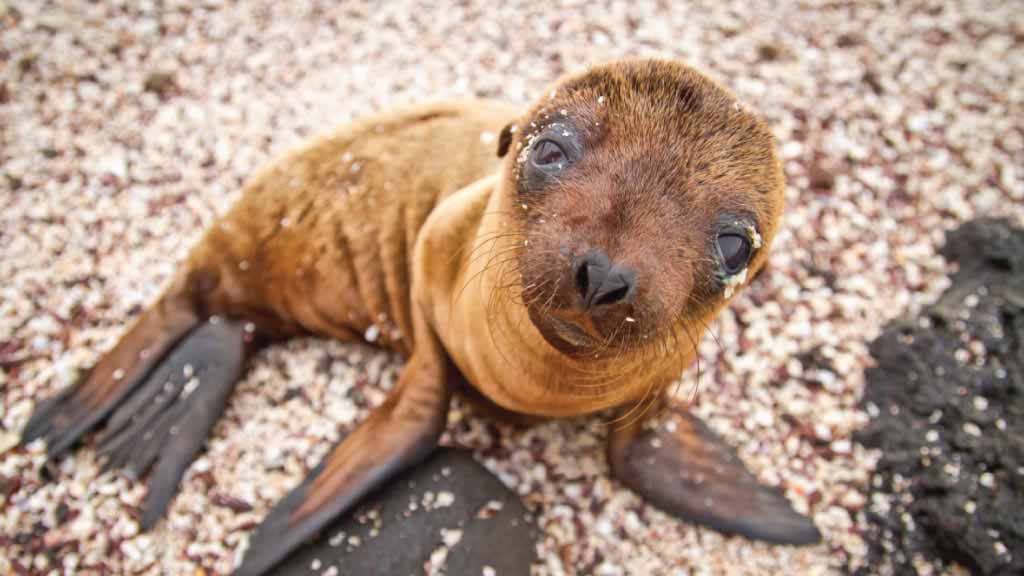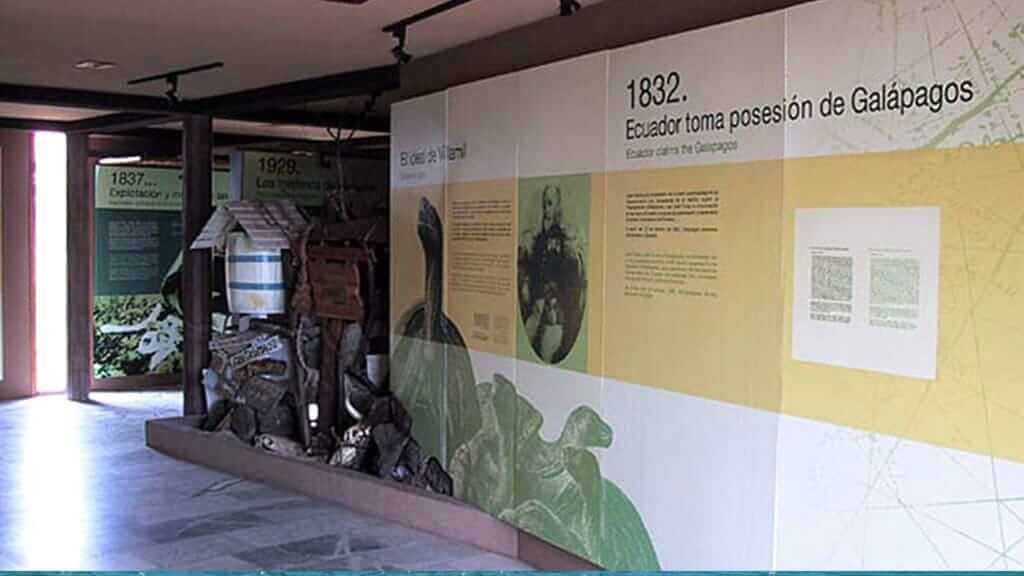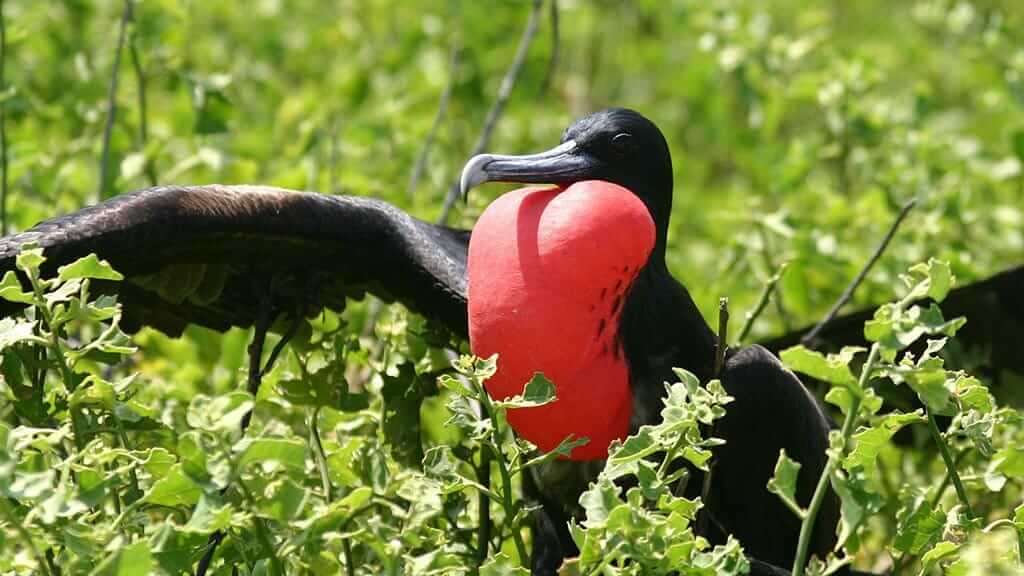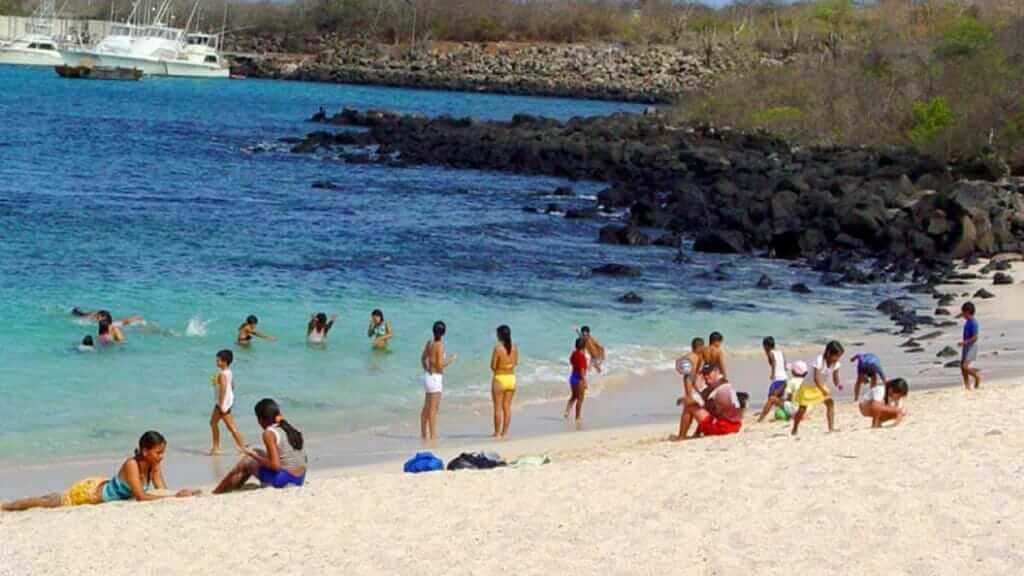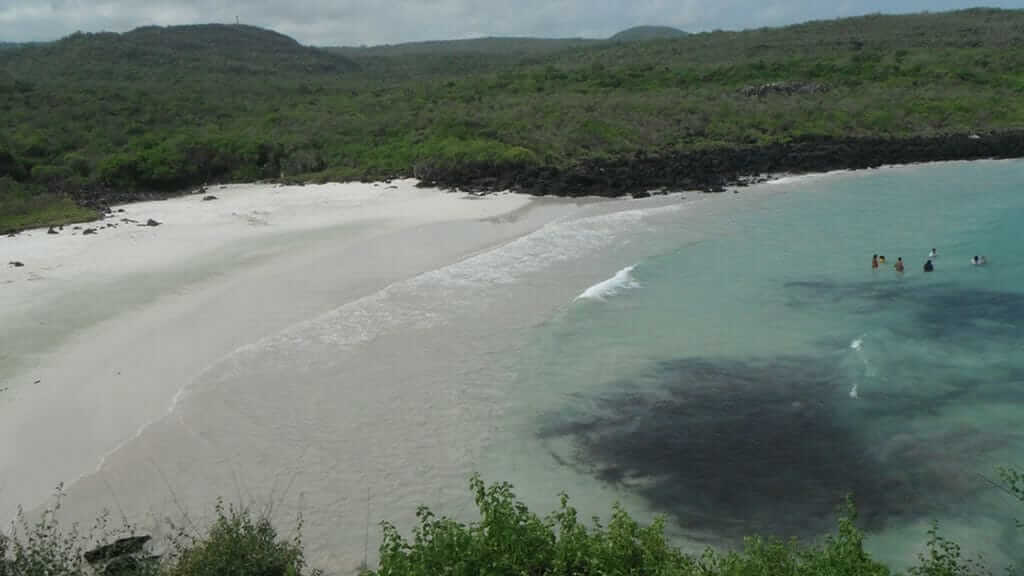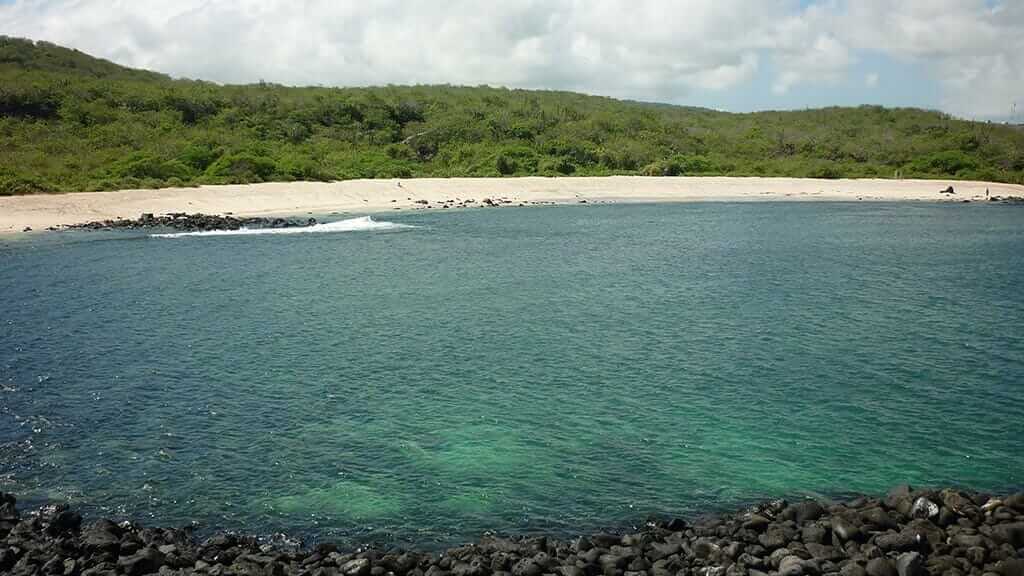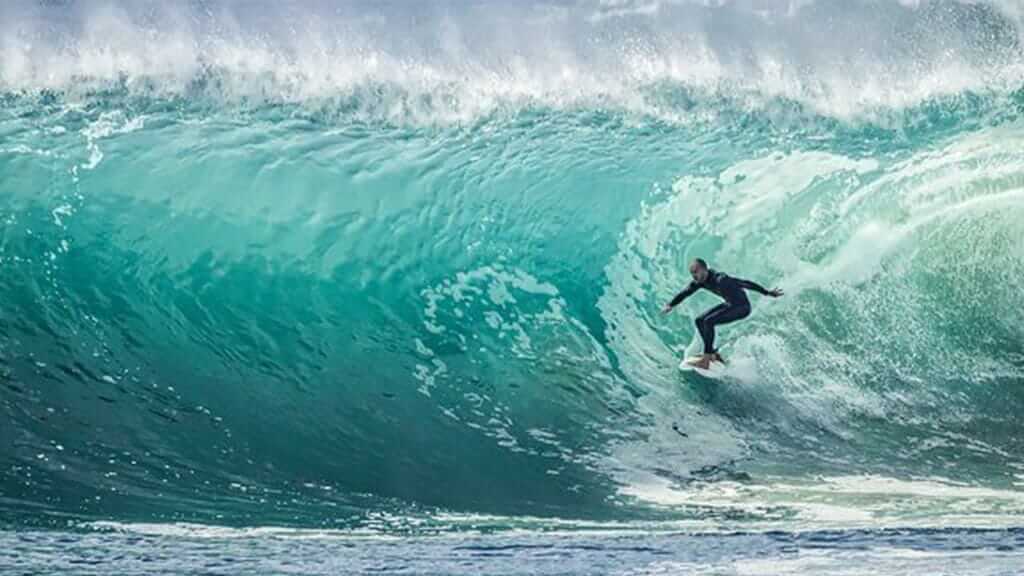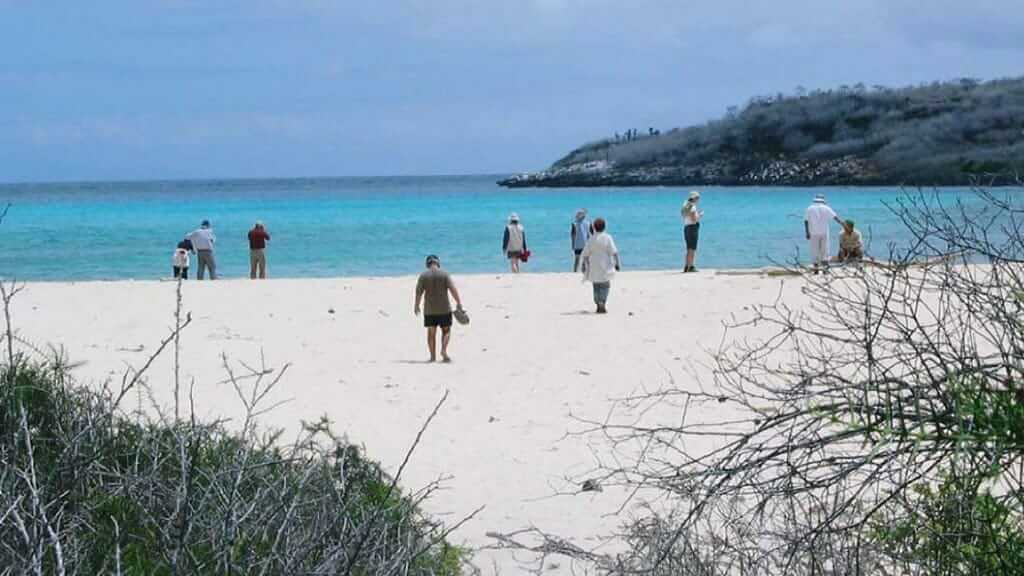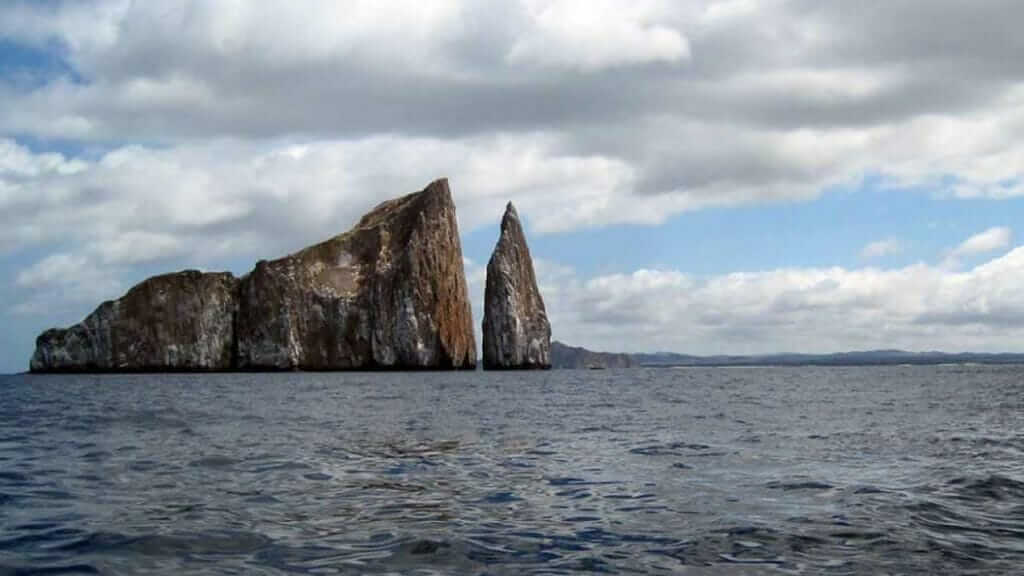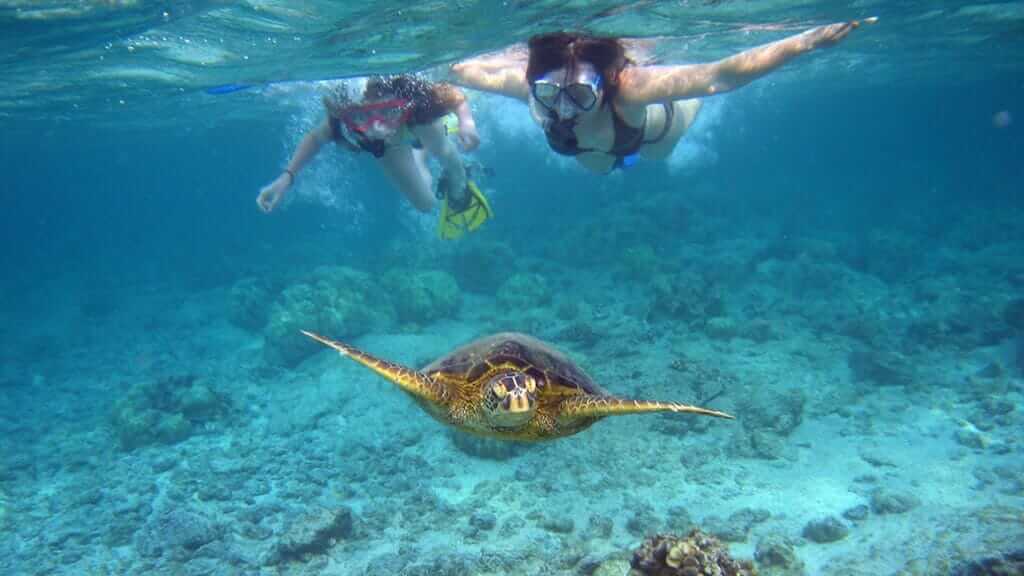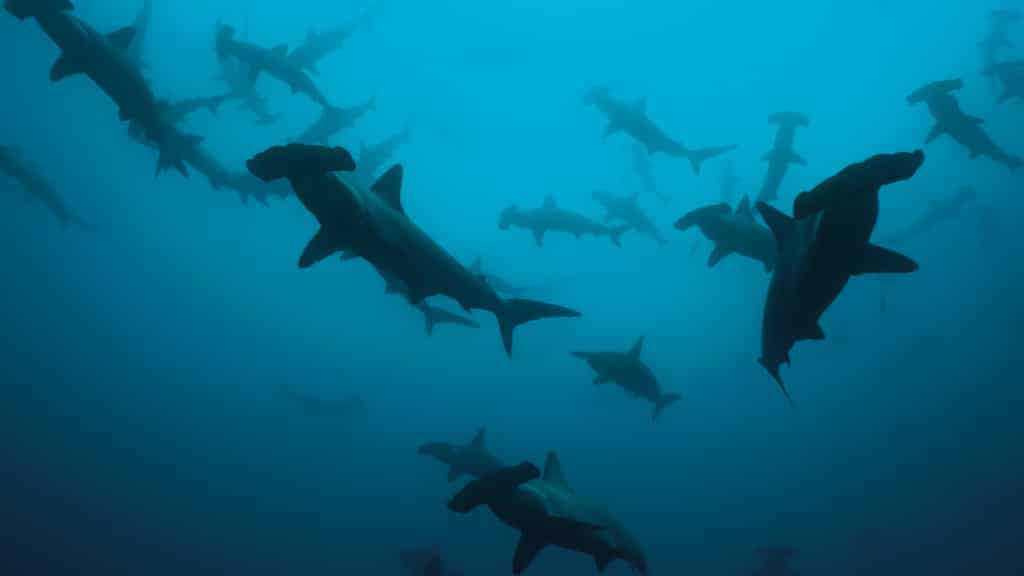San Cristobal Galapagos
San Cristobal Island packs a powerful punch for visitors, offering a wonderful mixed bag of sites to explore and activities to enjoy. Pristine beaches and rocky islets combine with lush, fertile highlands to provide a diverse range of habitats for Galapagos wildlife. San Cristobal is also one of the few inhabited Galapagos islands, so visitors can stay overnight, dine and enjoy the nightlife. San Cristobal Galapagos is a great island to include into land tours itineraries, and is also often included into cruises. The island’s laid-back vibe and friendly locals will surely make you want to stay here longer!
Read on for everything you need to know to plan your visit to San Cristobal Island Galapagos. What wildlife to look out for? Which activities and visitor sites await? Also learn about the interesting geology & human history of this island.
San Cristobal Wildlife Highlights
• Spot Galapagos Sea Lions galore at Isla Lobos (Sea Lion Island), a great spot to snorkel with these playful little fellas! If you prefer to see sea lions closer to town, just walk along the main promenade - there are literally hundreds of them sleeping on the rocks, or teaching pups to swim in the shallows of Playa de Oro.
• Punta Pitt San Cristobal is one just two Red Booby breeding sites at Galapagos, as well as home to two other booby species (Blue-footed and Nazca).
• San Cristobal island has it’s very own endemic giant tortoise species. The best place to find these gentle giants is at the Tortoise breeding center on Cerro Colorado.
• If diving with Hammerhead sharks is on your bucket list then you’ll want to head to Kicker Rock – one of the best dive sites at Galapagos.
• At El Junco freshwater lake in the highlands birdwatchers can observe Frigate birds washing salt from their feathers, as well as a variety of other bird species.
• The seas around San Cristobal island are among the best in the archipelago for Galapagos dolphin spotting.
About San Cristobal Island
English Name: Chatham.
Ecuadorian Name: San Cristobal.
Total Area:215 sq miles.
Population: Aprox 6,000 – 7,000.
Take a look at a Galapagos Islands map and San Cristobal is the eastern most landmass.
The small, sleepy town of Puerto Baquerizo Moreno is located on the island’s western most tip, and is a lovely spot to spend a few free days. San Cristobal’s Galapagos visitor sites can be enjoyed either on a land tour or live-aboard cruise.
San Cristobal Galapagos Geology
San Cristobal island is composed of four large shield volcanoes that fused together by successive lava flows to form a single island. San Cristobal emerged from the sea some 2.4 million years ago, making it one of the oldest islands of the archipelago. As with all of the Galapagos islands, San Cristobal followed tectonic plate movements eastwards over time, away from the hotspot (which today is close to Fernandina island to the west). It should therefore come as no surprise that her volcanoes are now extinct. The south west side of San Cristobal ceased volcanic activity about 650,000 years ago, while the north-east produced lava flows as recently as a few centuries ago.
San Cristobal Habitat
San Cristóbal island spans a huge spectrum of natural Galapagos habitats.
It is the most humid and fertile of the Galapagos islands, boasting a freshwater lake and lush green highlands. The higher grounds are covered by lush Scalesia forests and dense bush and scrub – the perfect habitat for the Galapagos giant tortoise. Some of this habitat has been converted to organic farmland to feed the local population.
Lower down along the coastal region the San Cristobal habitat turns to coral beach, mangroves, cactus forest and arid scrub.
Human History of San Cristóbal Galapagos
Let’s start with the origin of the island’s different names. In Spanish it’s Ecuadorian name of San Cristóbal comes from St. Christopher the patron saint of travelers. The original English name, Chatham, was in honor of William Pitt, 1st Earl of Chatham in England.
The first important moment of San Cristobal Galapagos human history was the arrival of Charles Darwin aboard the Beagle in 1835. San Cristobal was in fact the spot where Darwin took his very first steps onto land at the archipelago. He also collected his first Galapagos scientific specimen here – rather fittingly the San Cristobal mockingbird which went on to play an important role in his Theory of Evolution. Darwin has been commemorated by a statue located along the water front in the main San Cristobal town today.
San Cristobal is home to the largest source of reliable fresh water (El Junco Lagoon) at Galapagos, so it was a logical choice for early human settlement. What started as a penal colony in the 1880’s soon developed into a full-blown town in the highlands named El Progresso. Fertile volcanic soils were perfect to grow sugarcane, coffee and cassava, and the highlands were also used for cattle ranching. Even today El Progresso survives as a small farming community of aprox 500 people.
More recently, during the Second World War, US Armed Forces based on Baltra built a viaduct to transport fresh water from El Junco down to the coast to supply their base with potable water. After the soldiers left many of San Cristobal’s inhabitants took advantage of the viaduct to migrate down to the coast and form the port town we see today.
Where is San Cristobal Island at Galapagos?
How to get to San Cristobal Island? San Cristobal is the eastern most island of the Galapagos archipelago. To visit you can either stay a few nights in Puerto Baquerizo Moreno town and explore local sites by day, or take a cruise itinerary that includes a visit to the island. It is possible to fly from Quito / Guayaquil directly into San Cristobal airport, and there are also daily speed boats to transport tourists to/from Puerto Ayora on Santa Cruz island.
Contact us for a FREE GALAPAGOS TOUR QUOTE, or for more information to plan your Galapagos vacation.Puerto Baquerizo Moreno San Cristobal
Puerto Baquerizo Moreno is the administrative capital of Galapagos. Here you’ll find government offices, restaurants, hotels and airline offices lining the streets of the small community. Tours and ships come and go from the harbor daily. A limited variety of shops and stores accommodate the needs of the thousands of weathered travelers who visit each month.
San Cristobal Galapagos Airport (code SCY) is close to town and serves the island with a flight arrival from mainland Ecuador most days. There is a good selection of San Cristobal Galapagos hotels to choose between, suiting all budgets. Many hotels are along the water front with access to popular local beaches.
The weather at San Cristobal Galapagos is broadly the same as other parts of the archipelago. For detailed information check out our Galapagos weather blog, which includes average air and sea temperatures and rainfall info for each month of the year.
We also recommend browsing our detailed blog post how to spend a free day in Puerto Baquerizo Moreno for more information about the best San Cristobal island restaurants, services and sites to visit.
San Cristobal Galapagos Visitor Sites
San Cristobal boasts plenty to do and see for all tastes and abilities. Paddle-boarding, kayaking, snorkeling, hiking, biking, surfing and relaxing on pristine beaches are just some of the activities that reveal the natural wonders of the island.
Before we move on, the activity of surfing surely deserves special mention. San Cristobal surfing is world class on the ample, windswept beaches of the coast, and Puerto Baquerizo Moreno has a growing reputation among South Americans as a surfing hotspot. The waves are best at the beginning of the warm-wet season (December – February) when the water is warm enough not to need a wet suit. Tongo Reef, west of town, is one of the best places to surf, and boards can be rented at most local travel agencies.
San Cristobal Highlands:
Jacinto Gordillo Tortoise Breeding Center
The Jacinto Gordillo Tortoise Breeding Center is one of two tortoise centers on the island. Reached via a one hour journey across the island from Puerto Baquerizo Moreno, this center differs from others in the islands. Juvenile tortoises roam free on the lands of the reserve, while young tortoises are kept safe until they grow enough to join the others.
Galapaguera Tortoise Breeding Center (Cerro Colorado)
Galapaguera de Cerro Colorado is San Cristobal’s other tortoise breeding center, located 13 miles southeast of town. The trip takes about an hour, and the breeding center is well worth the trip. Trails wind throughout the property and visiting gives travelers an insight into the growth of giant tortoises, from baby hatchlings to adults ready for release into the wild. Due to the remote location and distance from town, this center is less crowded than others in the islands. This is a bonus for photographers looking for uncluttered shots.
2022 update - The remarkable success of the breeding center means that the San Cristobal giant tortoise populations have recovered to healthy levels. As a result, the breeding project at Galapaguera is no longer active. It is though still a wonderful site to visit to see giant tortoises roaming in their natural habitat.
El Junco Lake
El Junco Lake in the Highlands is a small but deep crater lake of an extinct volcano, holding 9 million gallons of freshwater. The views from the hill over San Cristobal span the entire island and are very impressive on a clear day. Frigate birds, Mockingbirds, Cattle Egrets, and Galapagos Finches are often spotted around the lagoon.
El Progresso Town
Seven miles from the coast, El Progresso is a sleepy farming village of 700 or so residents and the site of the original San Cristobal settlement. Today the town’s historic significance is outweighed by its role as a meeting center for the farmers of the region. Popular with children, the Casa de Ceibo Treehouse is found at the town entrance. This three hundred-year-old Ceibo tree and the surrounding land were part of the El Progresso sugar plantation. Relics and machine parts are still scattered nearby, and the family that owns Casa de Ceibo have also built a small restaurant on the property. It’s a great spot for lunch, camping, or even spending the night in the treehouse!
San Cristobal Coastal Visitor Sites:
Cerro Brujo (Witch Hill)
Landing Type: Wet landing.
Terrain: Easy walk along the beach.
Located in a secluded corner of the northern coast of San Cristobal, Cerro Brujo is an exotic expanse of dazzling, white sand where sea lions and Sally Lightfoot Crabs hang out. Galapagos rays and sea turtles are also frequent visitors to the shallow waters off the beach. In English, the name means “Witch Hill,” referring to the small bluff looking out on the sea next to the beach. Behind the beach is a freshwater lagoon where great blue herons, several species of finches, and great egrets come to feed. Cerro Brujo can be visited on some Galapagos cruise itineraries.
Punta Pitt (Pitt Point)
Landing Type: Wet landing.
Trail Length: 2.5km.
Terrain: Moderate / difficult trek over steep & rocky terrain.
Punta Pitt on the north east coast of the island can be visited on guided day trips or cruise itineraries. This is the only site on the archipelago where visitors can see all three kinds of Galapagos boobies in one place – red, blue and nazca. Blue-footed boobies nest along the interior trails of the island, while Red-footed and Nazca boobies live along the cliffs of the coast. Trails lead to scenic lookout points over the sea, and the swimming and snorkeling here are adventures with sea lions, starfish, sea turtles and thousands of reef fish.
La Loberia
Trail Length: 1km.
Terrain: Easy, flat beach terrain.
Close to Baquerizo Moreno town, La Loberia is home to a large sea lion colony as well as blue-footed and nazca boobies. There is a short 1km trail to hike, a nice beach, and great opportunity to snorkel with playful sea lions. La Loberia is easy to reach from town, and can be visited under your own steam, or as an organised day tour or during a cruise itinerary. At low tide there is a protected lagoon - the perfect spot to snorkel with sealions and turtles. At high tide the sealions haul their way up to the beach for a siesta.
San Cristobal Interpretation Center
The Interpretation Center on San Cristobal is to the north of town, accesible via a boardwalk. The Galapagos National Park mandates that all cruise visitors to San Cristobal include time at the Interpretation Center. The informative displays give context to a trip, detailing the natural and human history of the archipelago. Different areas of the center cover the volcanic formation of the islands, the biodiversity of wildlife, and the early human history of San Cristobal Galapagos.
Cerro Tijeretas (Frigate Bird Hill)
Take the 3.5km loop trail past Playa Mann Beach up to Cerro Tijeretas. Visitors are rewarded with panoramic views (from the top lookout station) and the chance to observe two different species of Frigate bird nesting together – Great and Magnificent Frigates. There is also excellent snorkeling to be enjoyed in the bay with sealions. Continue on down from the path for access to secluded Baquerizo Beach or Punta Carola (see below).
San Cristobal Galapagos Beaches:
Manglesito Beach
Manglesito Beach on the northern coast of San Cristobal is often a stop on day tours to Kicker Rock. It’s a swimming, surfing, and snorkeling beach where sea lions, rays, sea turtles, and sharks swim in the shallow waters amid vividly colored schools of reef fish.
Puerto Grande Beach
Located on the northern coast opposite nearby Kicker Rock, Puerto Grande is a great swimming beach that draws locals on weekends to the small bay. This beach site is reached via boat or kayak from Puerto Baquerizo Moreno.Mann Beach (Playa Mann)
Just a short walk from town Playa Mann Beach is a popular spot to relax and take a break with friendly sea lions. During sea lion breeding season the beach visiting hours are limited on weekends. Swimming, surfing, and snorkeling here are easy going – perfect for before or after exploring other regions of the island. This is also arguably the best spot close to Baquerizo Moreno town to enjoy the wonderful San Cristobal Galapagos sunsets.
Puerto Chino Beach
At the end of the road from El Junco, follow a trail through giant cactus forest to reach the sandy shores of Puerto Chino Beach. The beach’s wildlife and flora are the stars of the show. Puerto Chino has the only beach break on San Cristobal, making it an inviting spot for surf lessons and beginners. Sea lions, blue-footed boobies, different kinds of Galapagos finches, mockingbirds, and yellow warblers are frequently found in the area. Follow the small cliff trail for the best views looking down on the beach.
Punta Carola Beach
Punta Carola is a popular San Cristobal beach for surfers. During high tide the waves reach ten feet with two breaks. The left reef break is suitable for beginners, while the right point break offers great action for more experienced surfers. Access to the beach is on the same loop trail from town that heads to Cerro Tijeretas (Frigate Bird Hill).
Playa Baquerizo
This off-the-beaten-path beach is reached via an hour walk on an overgrown path. Playa Baquerizo’s big appeal are the sea lions that gather here year round. To get to Playa Baquerizo, follow the signs from town to Las Tijeretas, and from the hill-top continue along the cliff before heading down to the beach.
Tongo Reef
Tongo Reef is the surf spot for intermediate boarders who want a challenge. Waves here reach six feet at high tide, with three take-off zones to access the break. Bajito and Medio are perfect for beginners and intermediate surfers, while Pico has the biggest waves to push experts to the limit.
Ochoa Beach
Ochoa Beach is a horseshoe-shaped cove on the north-eastern side of San Cristobal with white sands, volcanic outcrops, and a peaceful lagoon. Galapagos sea lions, blue-footed boobies, sally lightfoot crabs, herons, and pelicans are among the best of the wildlife found here. The beach can be reached on a private tour or by kayak.
San Cristobal Diving
Kicker Rock (Leon Dormido)
Kicker Rock is one of the very best dive and snorkel sites at the Galapagos Islands. Two towering volcanic rocks rise from the water, split by a small water channel. The channel is the place to be to see sharks, rays, sealions and a myriad of colorful reef fish. Without a doubt the top Kicker Rock highlight is the chance to see Galapagos Hammerhead sharks – a big tick for any under water bucket list! Divers can also enjoy colorful reef fish like Surgeonfish, starfish, angelfish and much more.
Five Fingers
Five Fingers dive site, located outside Wreck Bay in front of Puerto Baquerizo Moreno, is an intermediate reef dive exploring along a coral wall. Depths reach 18 meters with the chance to spot white-tipped and Galapagos sharks, sea turtles, rays, and large schools of colorful fish.
Caragua Dive Site
Caragua is one of few wreck sites in Galapagos waters, containing the 100-year-old remains of a WWI German transport ship. The wreck site is now the perfect home to a a thriving underwater eco-system with stingrays, green sea turtles, sea lions, lobster, octopi and many different species of fish.
Note: All wildlife sightings are by their very nature unpredictable, and activities may be subject to change by your guide or the National Park Authority.
In conclusion, San Cristobal island Galapagos is an island not to be missed! We strongly recommend staying on the island for a few days to explore the many white-sand beaches, diverse highlands habitat and incredible dive sites. Whatever floats your boat you’ll find plenty to keep you entertained here, with activities and wildlife for all ages. San Cristobal is also the best Galapagos base for adventure activities like paddle boarding, kayaking and especially surfing. Without doubt San Cristobal is one of the most popular Galapagos islands to visit.

